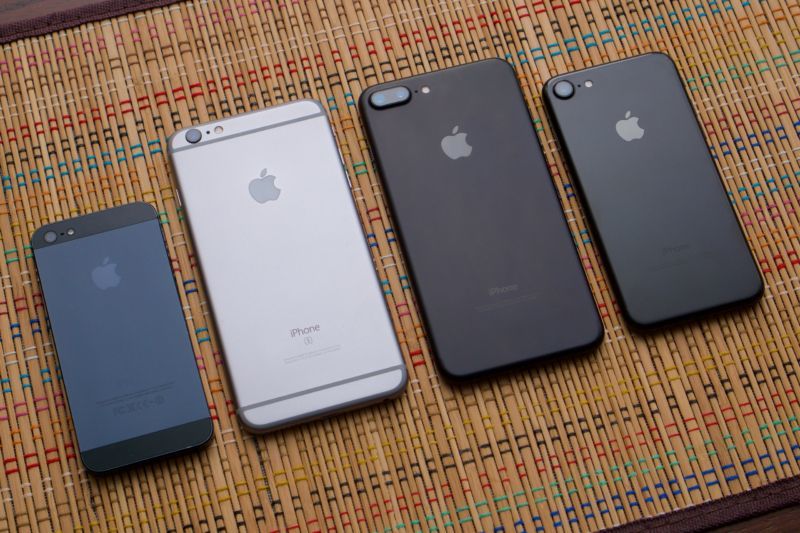
Newly released court documents reveal just how much Apple apparently knew about the iPhone 6's and 6 Plus' propensity to bend. A report by Motherboard shows parts of the documents that were made public by US District Court Judge Lucy Koh (most of the documents remain sealed), and they say Apple's internal testing found that iPhone 6 and 6 Plus models were indeed bendier than previous iPhones.
"The iPhone 6 was 3.3 times more likely to bend than the iPhone 5s" and "the iPhone 6 Plus was 7.2 times more likely to bend than the iPhone 5s," the document states. Judge Koh wrote that "one of the major concerns Apple Identified prior to launching the iPhones was that they were 'likely to bend more easily when compared to previous generations.'"
Flashback to Bendgate
The bending issues with the iPhone 6 and 6 Plus date back to shortly after the phones' release in September 2014. Many users reported their new smartphones bending easily from regular use, like sticking the phone in their back pocket. At the time, Apple highlighted the vigorous testing it puts handsets through before release, including a three-point bending test.
"Bendgate" news slowly died down until early 2016, when iPhone 6 and 6 Plus users began reporting issues with their smartphones' displays. The problems—which included touchscreens with a flickering gray bar at the top, touchscreens with intermittent response, and touchscreens that stopped working completely—were collectively dubbed "Touch Disease."
Loose Touch IC chips were later identified as the source of Touch Disease. These touchscreen-controlling chips became unseated from the logic board due to bending and flexing with normal use. The problem affected more than just a handful of users and prompted Apple to start the iPhone 6 Plus Multi-Touch Repair Program, which would repair handsets with touchscreen input problems for $149.
It also prompted users to file a class-action lawsuit against the company for allegedly misleading them about Touch Disease. Apple was forced to hand over internal documents as part of the suit, and that's where these new details come from.
A late fix
Apple eventually acknowledged Touch Disease, saying it only affected iPhones "dropped multiple times on a hard surface and then incurring further stress on the device." But the company has not said anything publicly about the iPhone 6 and 6 Plus being more susceptible to bending, a design issue that seems to have contributed to Touch Disease problems.
The details made public from these court documents show Apple did indeed know that the iPhone 6 and 6 Plus were more likely to bend than earlier iPhone models, despite the company denying any engineering issues with the smartphones.
According to the documents, Apple investigated the issue and came up with a fix—reinforcing part of the logic board with an epoxy to prevent dislodging. However, this design change wasn't implemented until May 2016, and it was only a fix for new iPhone 6 and 6 Plus models being produced. Apple moved the touchscreen controlling-chips in question from the logic board to the display construction with the release of the iPhone 6S. It's thought that those later iPhone 6 models were not as susceptible to Touch Disease because of the new placement of the touchscreen-controlling chips.
Ars has reached out to Apple for further comment.
Listing image by Andrew Cunningham
reader comments
142